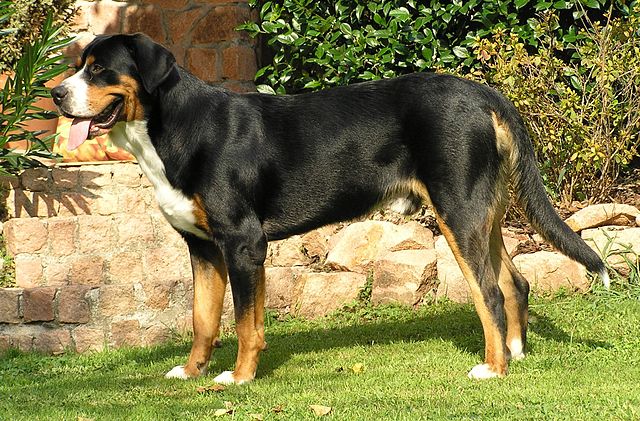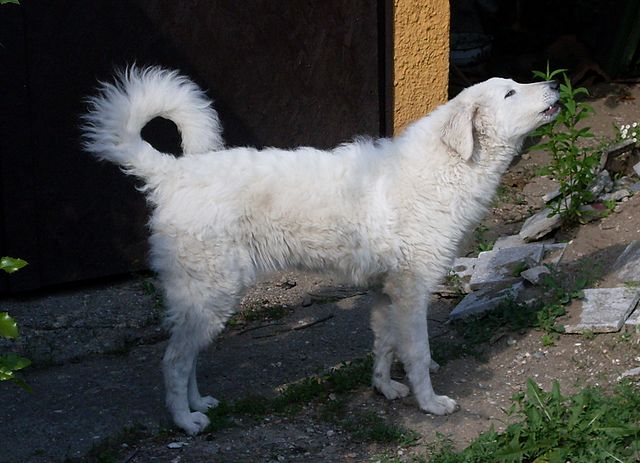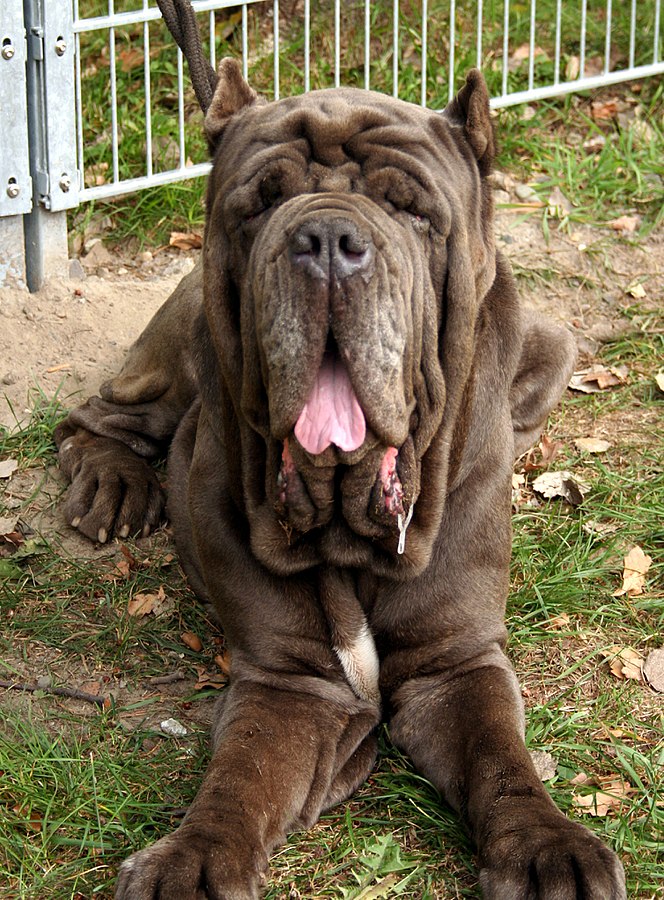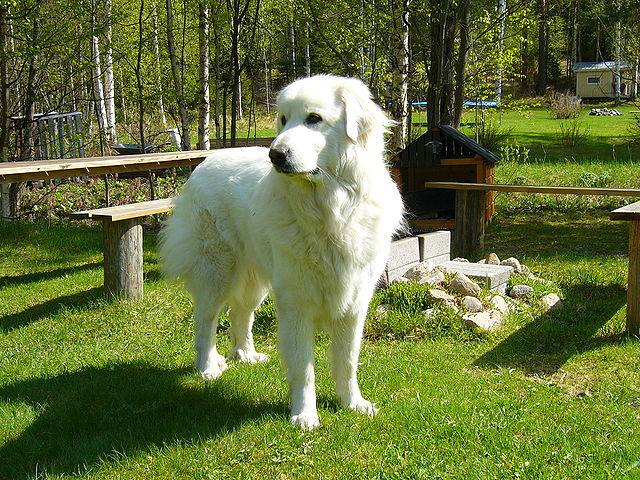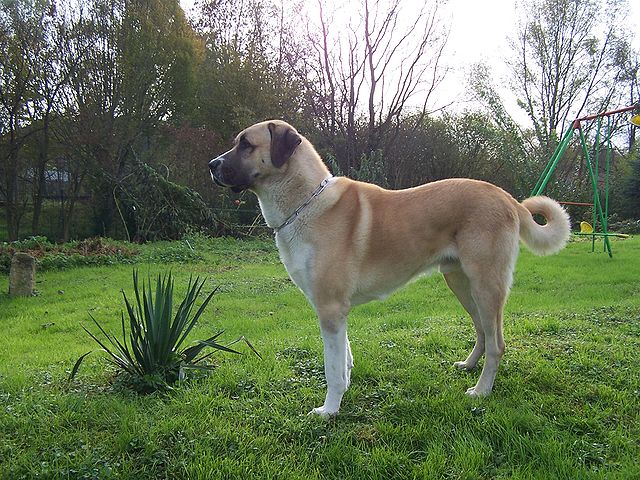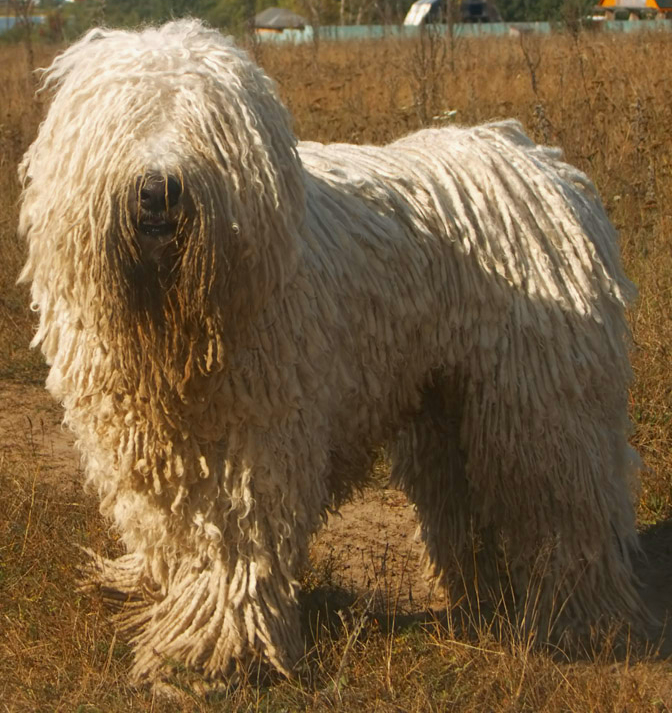The Dogo Argentino is known – not only for his impressive appearance – but also his fierce hunting instincts and devoted nature towards his family. The breed was created in the early 1900’s by two brothers who set out to create “the ultimate big game hound” for the rugged Argentinian countryside. Using the (now extinct) Fighting Dog of Cordoba, they added at least 9 other breeds ranging from several other molosser breeds, to the Pointer, to the Irish Wolfhound.
Because the Dogo is an endurance hound, he possesses both physical as well as mental capabilities of tracking and hunting wild boar throughout the day. While he can sprint fast if needed, he can sustain a slower gallop for longer periods of time. For potential owners, this means they must be able to give this dog the vast exercise that he needs – a tough task for many! He also must be given a job to do in order to exercise his mind as well. A versatile breed – one doesn’t necessarily need to hunt boar with their Dogo. Tracking, schutzhund, obedience, and search and rescue are popular outlets for Dogos around the world. In Argentina he has been used in both military and police work, as well as a guide dog for the blind!
Some might be surprised to know that this powerhouse of a dog also possesses a distinctly sensitive nature and will show almost human-like concern towards his owners, especially children. The Dogo Argentino wants most to be near his family at all times and prefers to lay where he can see (if not even touch) them at all times. He is friendly towards new people however if need be, he will defend that family to the death if the situation arises. He should never be needlessly aggressive, however, and most have very steady and almost humble temperaments.
Dogos are a slow-maturing breed, particularly the males. It may take up to 3 years before they are fully mature. While not hyperactive, young Dogos are very curious and inquisitive – sometimes getting into things they shouldn’t. Early obedience and supervision is necessary to curb any possible destruction that could arise from these traits! Other than this, the breed is fairly laid-back and enjoys happily laying on the couch in his free time (provided he has been given enough exercise).
Dogo Argentinos are always solid white in color (although may have a small black patch on the head), and white dogs are known to frequently have sensitive skin. Care must be taken with the shampoo that is chosen, however other than that the grooming is simple. Their sensitive skin also makes more prone to sunburn. One more trait often seen with all white dogs… about 10% of Dogos are born deaf. A potential buyer should be prepared to obtain their dog from a reputable breeder who health tests their dogs and can provide proof that the puppy has normal hearing.
Very intelligent, the Dogo takes quite well to training, including housebreaking. Many members of the breed find obedience exciting – both in the task itself as well as pleasing their owners! One caveat though, they can be exceptionally distracted by interesting smells – a throwback to their hunting genes. It is up to the owner or trainer to make sure to keep the training positive without letting the dog take over and decide to follow a scent instead – there must be a balance of being firm yet fun. Too much firmness could result in extra stubbornness from the dog but too much “fun” could result in the dog completely blowing you off! It goes without saying that such a large, strong breed must have obedience training from puppy-hood.
The Dogo Argentino was built to be tough and agile. He needed to withstand not only getting scratched up in the field, but potentially getting majorly wounded by the boar or puma that he hunted. He was also built to be a silent hunter – not warning his prey that he was near. When it comes to protecting his family, many Dogos use both of these traits. He will naturally protect anything that he thinks is his, which also includes the person’s house, belongings and car. It is of utmost importance that he be raised with rules, boundaries, and obedience training so that these natural traits don’t get out of hand.
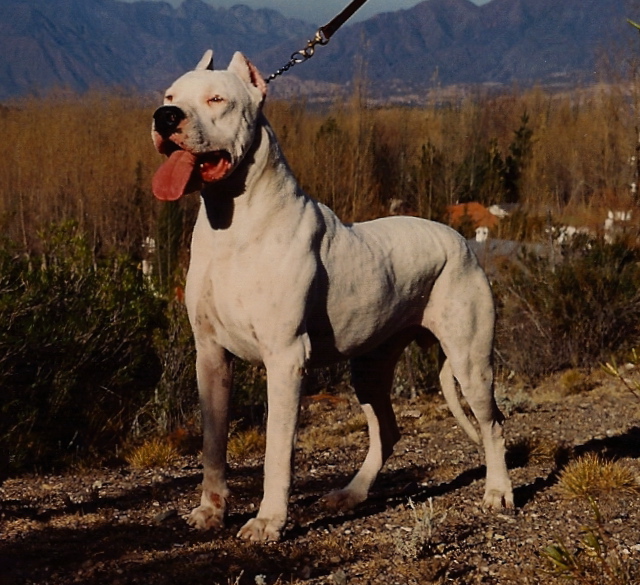
Photo By Zeballos

